Home>Garden Essentials>What Is Edging In Lawn Care
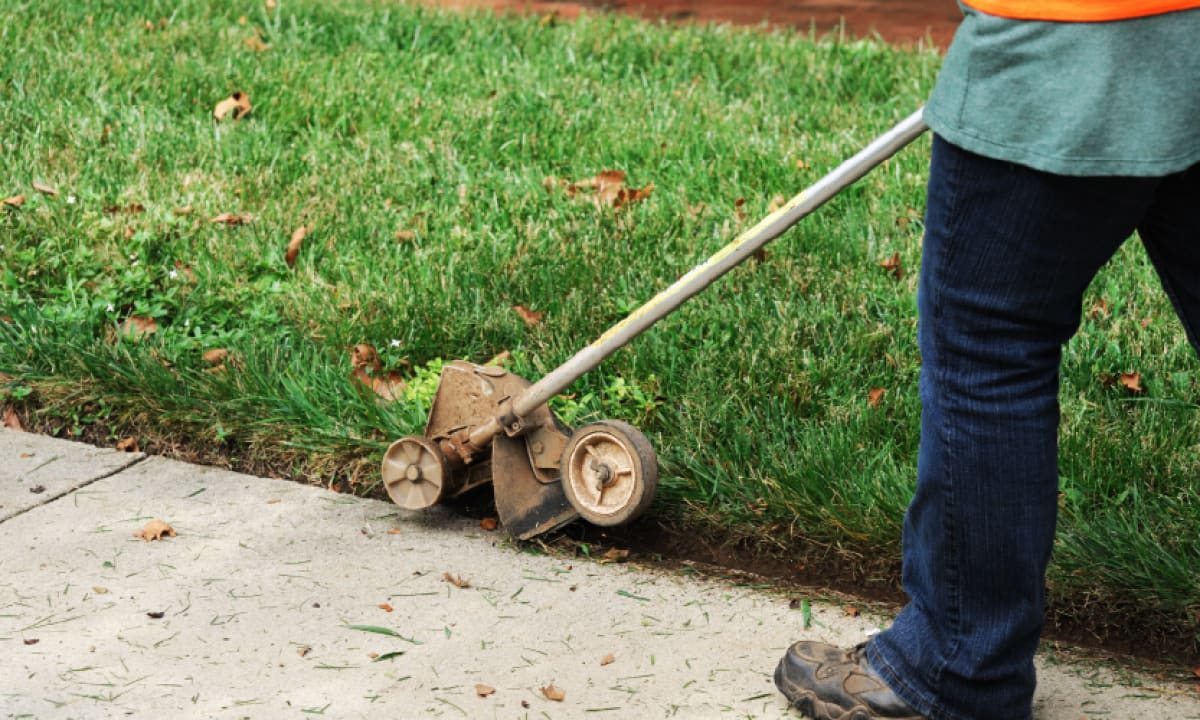

Garden Essentials
What Is Edging In Lawn Care
Modified: March 7, 2024
Discover what edging is in lawn care and how it can enhance the look of your garden. Transform your outdoor space with proper garden edging techniques.
(Many of the links in this article redirect to a specific reviewed product. Your purchase of these products through affiliate links helps to generate commission for Storables.com, at no extra cost. Learn more)
Introduction
When it comes to achieving a picture-perfect garden, one of the essential tasks in lawn care is edging. Edging is the process of creating clean, defined lines along the edges of your lawn or garden beds. It involves separating the grass or plants from the surrounding areas, such as sidewalks, driveways, or flower beds, to create a neat and polished appearance.
Edging not only adds visual appeal to your landscape but also serves several important functions. By defining the boundaries of your lawn or garden beds, it helps prevent grass, weeds, or other unwanted plants from encroaching into different areas. Edging also facilitates easier maintenance and mowing by providing a clear distinction between the lawn and other surfaces.
While professional landscapers often perform edging, it’s an accessible task that homeowners can tackle with some basic tools and a little bit of know-how. In this article, we will cover everything you need to know about edging in lawn care, from its definition and importance to the tools required and step-by-step instructions for achieving clean and precise edges.
So, whether you’re a gardening enthusiast looking to enhance the beauty of your backyard or a homeowner wanting to maintain a tidy and well-kept lawn, this comprehensive guide will equip you with the knowledge and skills to master the art of edging in lawn care.
Key Takeaways:
- Edging in lawn care creates clean, defined lines to enhance the beauty of your garden and prevent weeds from encroaching. It’s an accessible task for homeowners, adding curb appeal and reducing maintenance.
- To achieve professional-looking edges, use the right tools and follow a step-by-step guide. Regular maintenance is key to preserving the sharp and well-defined appearance of your lawn edges.
Read more: What Is Edge Support On A Mattress
Definition of Edging in Lawn Care
Edging in lawn care refers to the process of creating distinct boundaries between your grass or garden beds and other surfaces. It involves cutting or removing excess growth along the edges of your lawn to create clean and well-defined lines. The purpose of edging is to enhance the aesthetic appeal of your landscape, create a professional-looking finish, and separate different areas of your outdoor space.
There are various methods and materials that can be used for edging, depending on personal preference and the desired outcome. Common methods include using a manual or powered edging tool to cut a shallow trench along the edge, installing solid or flexible edging materials like bricks, stones, or plastic strips, or even using natural elements like plants or mulch to create a border.
Edging serves both practical and visual purposes in lawn care. By creating a clear separation between your lawn and other surfaces, such as walkways or driveways, edging prevents grass and weeds from spreading into unwanted areas. This makes it easier to maintain a well-manicured lawn and reduces the need for constant trimming or weeding.
Additionally, edging enhances the overall appearance of your outdoor space by providing a clean and polished look. It adds structure and definition to your landscape design, making it appear more organized and well-maintained. Edging can also be used to create specific shapes or patterns, such as curved or straight lines, to complement the overall aesthetics of your garden.
Overall, the definition of edging in lawn care encompasses the process of creating clean, well-defined lines along the edges of your lawn or garden beds. It involves separating the grass or plants from other surfaces, preventing the spread of unwanted growth, and adding visual appeal to your landscape. Understanding the importance and techniques of edging is crucial for maintaining a beautiful and manicured lawn.
Importance of Edging in Lawn Care
Edging plays a significant role in maintaining a well-groomed and visually appealing lawn. Here are some key reasons why edging is important in lawn care:
- Enhances Curb Appeal: One of the primary reasons homeowners invest time and effort into edging is to improve the overall aesthetic of their landscape. Clean and well-defined edges give your lawn a polished look, making it stand out and add curb appeal to your property.
- Defines Boundaries: Edging creates clear boundaries between different areas in your yard, such as the lawn, flower beds, or walkways. This separation helps maintain the integrity of each space, preventing grass, weeds, or mulch from encroaching where they shouldn’t be.
- Reduces Maintenance: When your lawn is properly edged, it becomes easier to mow, trim, and maintain. The defined borders allow you to mow right up to the edges without damaging surrounding areas, saving you time and effort in the long run.
- Controls Weed Growth: Edging acts as a barrier, preventing weeds from spreading from garden beds into your lawn. By eliminating the overlap between grass and flower beds, you can effectively control weed growth and minimize maintenance tasks like pulling or spraying unwanted plants.
- Prevents Grass Runners: Some grass varieties, such as Bermuda or St. Augustine, tend to produce runners that grow horizontally. Without proper edging, these runners can quickly invade other areas of your lawn, leading to an uneven and patchy appearance. Edging helps contain and control the growth of these runners.
- Creates Separation from Hardscapes: Edging provides a clear distinction between the lawn and hardscapes like sidewalks, driveways, or patios. This separation not only adds visual appeal but also prevents grass from spreading onto these surfaces, reducing the need for constant cleaning and maintenance.
Overall, edging is an essential task in lawn care that helps maintain the overall health and beauty of your landscape. By defining boundaries, reducing maintenance, controlling weeds, and enhancing curb appeal, proper edging contributes to a neat and well-manicured lawn that you can be proud of.
Tools and Equipment for Edging
When it comes to edging your lawn, having the right tools and equipment is crucial for achieving clean and precise results. Here are some essential tools you’ll need:
- Edging Tool: An edging tool is specifically designed to create clean lines along the edges of your lawn. There are two main types of edging tools: manual and powered. Manual edging tools include half-moon edgers, spades, or hand shears, which require physical effort to cut through the grass and create the desired edge. Powered edging tools, such as a power edger or string trimmer with an edging attachment, use rotating blades or strings to make the edging process easier and faster.
- Shovel: A shovel is useful for removing any excess soil or debris along the edge of your lawn. It helps create a clear and defined space for your edging tool to follow.
- String or Hose: If you prefer a curved edge, using a string or a garden hose can help you create the desired shape before you start edging. Simply lay out the string or hose in the desired curve, adjusting it until you’re satisfied with the shape.
- Safety Gear: It’s important to protect yourself during the edging process. Wear safety glasses to shield your eyes from any debris, and consider wearing gloves to protect your hands when handling tools.
- Marking Spray Paint: If you want to create a straight edge, marking spray paint can be helpful to mark the boundary before you start edging. This will give you a clear guideline to follow.
- Blower or Broom: Once you’ve finished edging, a blower or broom can be used to remove any grass clippings or debris from the paved surfaces or garden beds, keeping your lawn looking clean and well-maintained.
Depending on the specific method of edging you choose, you may also require additional equipment or materials such as bricks, stones, plastic edging strips, or natural elements like plants or mulch. These materials can be used to create a more permanent and decorative border along the edges of your lawn.
Before starting any edging project, familiarize yourself with the tools and equipment you’ll be using. Read the manufacturer’s instructions for any powered tools and ensure you follow proper safety guidelines. Having the right tools on hand will make the edging process more efficient and effective, resulting in beautifully defined edges for your lawn.
Step-by-Step Guide to Edging
Edging your lawn involves a series of straightforward steps to achieve clean and well-defined borders. Follow this step-by-step guide to master the art of edging:
- Prepare the Area: Clear the area of any obstacles, such as rocks, sticks, or debris, that may hinder the edging process. Remove any excess growth or weeds along the edge using a shovel or hand shears.
- Choose Your Method: Decide on the edging method that suits your landscape and personal preferences. You can opt for a manual edging tool, such as a half-moon edger or spade, or use a powered edging tool like a power edger or string trimmer with an edging attachment.
- Mark the Boundary: If you want a straight edge, use marking spray paint or a string to mark the boundary before you start edging. For a curved edge, simply follow the natural contours or use a hose to trace the desired shape.
- Start Edging: Position your edging tool at the beginning of the marked boundary or the edge of your lawn. Follow a slow and steady motion, cutting through the turf or soil along the marked line. For manual tools, apply pressure and use a back-and-forth motion. For powered tools, let the machine do the work and guide it along the desired path.
- Create Smooth, Clean Lines: Pay attention to creating smooth and clean lines as you edge. Keep the tool or blade level and angled slightly inward, directing the cut material away from the lawn. This helps create a neat and polished finish.
- Continue Edging: Work your way around the entire perimeter of your lawn, staying consistent with the depth and width of the edge. Take breaks when necessary, especially for manual tools, to avoid unnecessary strain or fatigue.
- Trim Excess Growth: After completing the initial edging, use hand shears or a string trimmer to trim any excess growth along the edge, giving it a clean and uniform appearance.
- Clean Up: Use a blower, broom, or rake to remove any grass clippings or debris from the paved surfaces or garden beds adjacent to the edge. This will leave your lawn looking tidy and well-maintained.
- Maintenance: Regularly inspect and maintain the edges of your lawn to ensure they remain clean and well-defined. Touch up any areas that may have become overgrown or blurred over time.
Remember, edging is not a one-time task. It is an ongoing process that should be incorporated into your regular lawn maintenance routine to keep your edges looking sharp and neat.
By following this step-by-step guide, you’ll be able to achieve professional-looking edges that enhance the appearance of your lawn and elevate your overall landscape design.
When edging your lawn, use a sharp blade to create a clean and defined edge along sidewalks, driveways, and flower beds. This helps to maintain a neat and tidy appearance for your lawn.
Read more: What Is A Drip Edge On A Roof
Common Mistakes to Avoid in Edging
While edging may seem like a straightforward task, there are common mistakes that can compromise the quality and effectiveness of your efforts. By avoiding these mistakes, you can ensure clean, precise, and professional-looking edges for your lawn. Here are the common mistakes to avoid in edging:
- Inconsistent Depth: One of the most common mistakes in edging is having inconsistent depth. It’s important to maintain a consistent depth along the entire edge to create a uniform appearance. Avoid going too shallow or too deep, as this can result in an uneven and unattractive edge.
- Cutting Too Wide or Narrow: Another mistake is cutting the edge too wide or narrow. The width of the edge should be proportionate to your lawn and surroundings. Cutting too wide can encroach on other areas, while cutting too narrow may not provide enough separation.
- Not Following a Straight Line: When aiming for a straight edge, it’s important to follow a clear and steady line. Avoid veering off course, as this can lead to crooked or wavy edges. Use markers, such as spray paint or a string, to maintain a straight path.
- Rushing the Process: Edging requires precision and attention to detail. Rushing through the process can result in sloppy edges and inconsistent cuts. Take your time, especially if using manual tools, to ensure clean and well-defined lines.
- Ignoring Maintenance: Edging is not a one-time task. Neglecting to maintain the edges regularly can cause them to become overgrown and lose their defined shape. Incorporate edging into your regular lawn maintenance routine to keep the edges looking sharp and clean.
- Not Cleaning Up: After edging, it’s important to clean up any debris or grass clippings from the surrounding areas. Leaving the edges untidy can detract from the overall appearance of your lawn. Use a blower, broom, or rake to remove any stray clippings or debris.
- Overlooking Safety: Safety should always be a priority when edging. Neglecting to wear proper safety gear, such as safety glasses or gloves, can lead to injuries. Be mindful of your surroundings, especially if using powered tools, and follow safety guidelines to protect yourself.
- Not Considering Landscape Design: Edging should complement the overall design of your landscape. Consider the shape and layout of your lawn, as well as any existing elements, such as flower beds or pathways, when determining the placement and style of the edges.
- Using the Wrong Tools: Using inappropriate or poorly maintained tools can make the edging process more challenging and less effective. Ensure you have the right tools for the job and keep them in good condition to achieve optimal results.
By being aware of these common mistakes and taking the necessary precautions, you can avoid them and achieve professional-looking edges that enhance the appearance of your lawn. Remember, practicing patience, precision, and regular maintenance will help you achieve clean and well-defined edges that make your landscape stand out.
Benefits of Edging Your Lawn
Edging your lawn offers numerous benefits beyond just improving the visual appeal of your landscape. Here are some key advantages of regularly edging your lawn:
- Enhanced Aesthetics: Edging creates clean and well-defined lines that give your lawn a polished and professional appearance. It adds structure and order to your outdoor space, making it look well-maintained and visually pleasing.
- Defined Boundaries: By establishing clear boundaries between your lawn and other areas such as flower beds, sidewalks, or driveways, edging helps prevent grass or weeds from encroaching into unwanted spaces. This separation provides a neat and organized look to your landscape.
- Reduced Maintenance: Properly edged lawns are easier to maintain. The defined edges make it simpler to mow, trim, and edge subsequent times. You can swiftly and efficiently mow near the edges without damaging surrounding areas, saving time and effort in the long run.
- Weed Control: Edging acts as a barrier, preventing weeds from spreading from garden beds or other areas into your lawn. By creating a physical separation, you can significantly reduce the growth and presence of weeds, minimizing the need for weed control methods.
- Prevention of Grass Runners: Certain grass varieties, like Bermuda or St. Augustine, tend to produce horizontal runners. Without proper edging, these runners can quickly invade other areas of your lawn, resulting in an uneven and messy appearance. Edging contains and controls the growth of these runners, keeping your lawn looking uniform.
- Controlled Water Flow: Edging can help control the flow of water in your landscape. By directing water away from areas such as sidewalks or driveways, you can prevent erosion, ponding, or water damage. This is particularly important during heavy rainstorms or when watering your lawn.
- Curb Appeal: Well-maintained and edged lawns greatly enhance the curb appeal of your home. A tidy and polished landscape creates a positive first impression and adds value to your property, whether you’re planning to sell or simply want to enjoy a beautiful outdoor space.
- Creative Design Opportunities: Edging provides creative design opportunities to enhance your landscape. You can experiment with different edging materials, patterns, or shapes to add a unique touch to your lawn. This allows you to customize your outdoor space and express your personal style.
Overall, the benefits of edging your lawn extend beyond aesthetics. Edging helps maintain the integrity of your landscape, reduces maintenance time, prevents weed growth, and improves the overall health and appearance of your lawn. By incorporating regular edging into your lawn care routine, you can enjoy a beautiful, well-defined, and low-maintenance outdoor space.
Different Types of Edging Techniques
There are various techniques you can use to create clean and defined edges for your lawn. The choice of technique will depend on your personal preference, the desired outcome, and the landscape design. Here are some common types of edging techniques:
- Manual Edging: Manual edging involves using handheld tools like a half-moon edger, spade, or hand shears to cut through the grass or soil along the edge of your lawn. This technique requires physical effort but allows for precise control and flexibility in creating the desired edge shape.
- Powered Edging: Powered edging tools, such as a power edger or a string trimmer with an edging attachment, utilize rotating blades or strings to cut through the turf or soil along the edge. This technique is more efficient and requires less physical exertion compared to manual edging.
- Brick or Stone Edging: Installing bricks or stones along the edge of your lawn creates a more permanent and decorative border. These solid materials provide a clean and structured look to your landscape and can be arranged in different patterns, such as straight lines or curves. Bricks or stones can be set into the ground or secured with mortar for added stability.
- Plastic or Metal Edging: Using plastic or metal edging strips is a popular option for creating a defined edge. These flexible materials are easy to install and can be molded to follow curved edges. Plastic or metal edging helps contain the grass and prevents its encroachment into other areas, providing a clean and neat appearance.
- Natural Edging: Using natural elements like plants, mulch, or rocks can create a more organic and seamless transition between your lawn and garden beds. This technique involves strategically placing plants or mulch along the edge to create a soft and natural border. It works well in landscapes with a more relaxed and informal design.
- Trench Edging: Trench edging involves digging a shallow trench along the edge of your lawn. This method creates a clear separation between the grass and other surfaces. The trench can be left open or filled with decorative materials like gravel or mulch to add visual interest.
When choosing an edging technique, consider factors such as existing landscape features, maintenance requirements, and your personal style preferences. You can also combine different techniques to achieve a unique and customized look for your lawn. Experiment with different edging materials and techniques to find the one that best suits your desired outcome and complements your overall landscape design.
Remember to maintain and refresh the edges regularly to keep them looking crisp and well-defined over time.
Tips for Maintaining Edged Lawns
Maintaining the edges of your lawn is crucial for preserving their clean and defined appearance. Proper care and maintenance will ensure that your lawn edges remain sharp and well-defined. Here are some tips to help you maintain your edged lawns:
- Regular Trimming: Regularly trim the grass along the edges of your lawn to prevent it from encroaching onto other areas. Use a string trimmer or hand shears to maintain a clean and uniform edge.
- Monitor Growth: Keep an eye on the growth of grass and weeds along the edges. Promptly remove any unwanted growth to maintain the sharpness of the edges and prevent overgrowth.
- Edge After Mowing: It’s best to edge your lawn immediately after mowing. This allows you to achieve clean cuts and avoid damaging the freshly mowed grass. Mowing first also helps you visualize the desired edge line more clearly.
- Refresh Edges Regularly: Over time, the edges of your lawn may become blurred or uneven. Plan to refresh the edges at least a few times throughout the growing season to keep them looking sharp and well-maintained.
- Keep Edges Clear: Clear any debris, such as leaves or grass clippings, from the edges of your lawn. This will prevent them from detracting from the clean appearance and ensure that the edges remain clearly defined.
- Monitor Edging Materials: If you have installed edging materials like bricks or stones, regularly check them for any damage or shifting. Repair or replace any loose or damaged materials to maintain the integrity of the edged area.
- Control Weeds: Stay diligent in controlling weeds along the edges of your lawn. Regularly inspect and remove any weeds that may appear to prevent them from spreading and detracting from the neat appearance of your edges.
- Use Pre-emergent Herbicides: Consider applying pre-emergent herbicides along the edges of your lawn to prevent weed seeds from germinating and taking root. This can help significantly reduce weed growth and minimize the amount of manual weed control required.
- Be Careful with Lawn Care Equipment: When using lawn care equipment near the edges, exercise caution to avoid damaging or dislodging the edging materials. Take care when mowing or using string trimmers to stay within the boundaries of the lawn and avoid hitting the edges.
- Implement Mulching: Applying a layer of mulch along the edges can help suppress weed growth and provide a clean and finished look. It also helps retain moisture in the soil and protect the roots of nearby plants.
By following these maintenance tips, you can ensure that your edged lawns retain their crisp and defined appearance. Regular upkeep and attention to detail will prolong the life of the edges and contribute to a well-maintained and visually appealing landscape.
Read more: How To Apply Fertilizer To Lawn
Conclusion
Edging is an essential aspect of lawn care that goes beyond mere aesthetics. By creating clean and defined edges, you enhance the overall appearance of your landscape and enjoy a range of practical benefits. With the right tools and techniques, edging can be a manageable task that homeowners can tackle to achieve professional-looking results.
We explored the definition of edging and its importance in maintaining a well-groomed lawn. Edging helps define boundaries, reduces maintenance time, controls weed growth, and enhances curb appeal. Through a step-by-step guide, we provided instructions for achieving clean and precise edges, while highlighting common mistakes to avoid.
Understanding the various tools and equipment used for edging is crucial for success. From manual edging tools to powered options, there’s a range of tools that cater to different needs and preferences. Whether you prefer brick, stone, plastic, or natural edging materials, each option offers its own unique aesthetic and functionality.
To maintain the quality of your edged lawn, we shared tips on regular trimming, monitoring growth, and refreshing the edges throughout the season. By staying diligent with maintenance tasks and being mindful of potential issues such as weeds or shifting edging materials, you can ensure that your lawn edges remain sharp and well-defined.
In conclusion, edging is an integral part of lawn care that adds beauty and functionality to your outdoor space. By investing time and effort in achieving clean and well-defined edges, you’ll reap the rewards of a visually stunning lawn that enhances the overall appeal of your home. So go ahead, grab your edging tools, and embark on the journey toward a beautifully edged lawn!
Frequently Asked Questions about What Is Edging In Lawn Care
Was this page helpful?
At Storables.com, we guarantee accurate and reliable information. Our content, validated by Expert Board Contributors, is crafted following stringent Editorial Policies. We're committed to providing you with well-researched, expert-backed insights for all your informational needs.
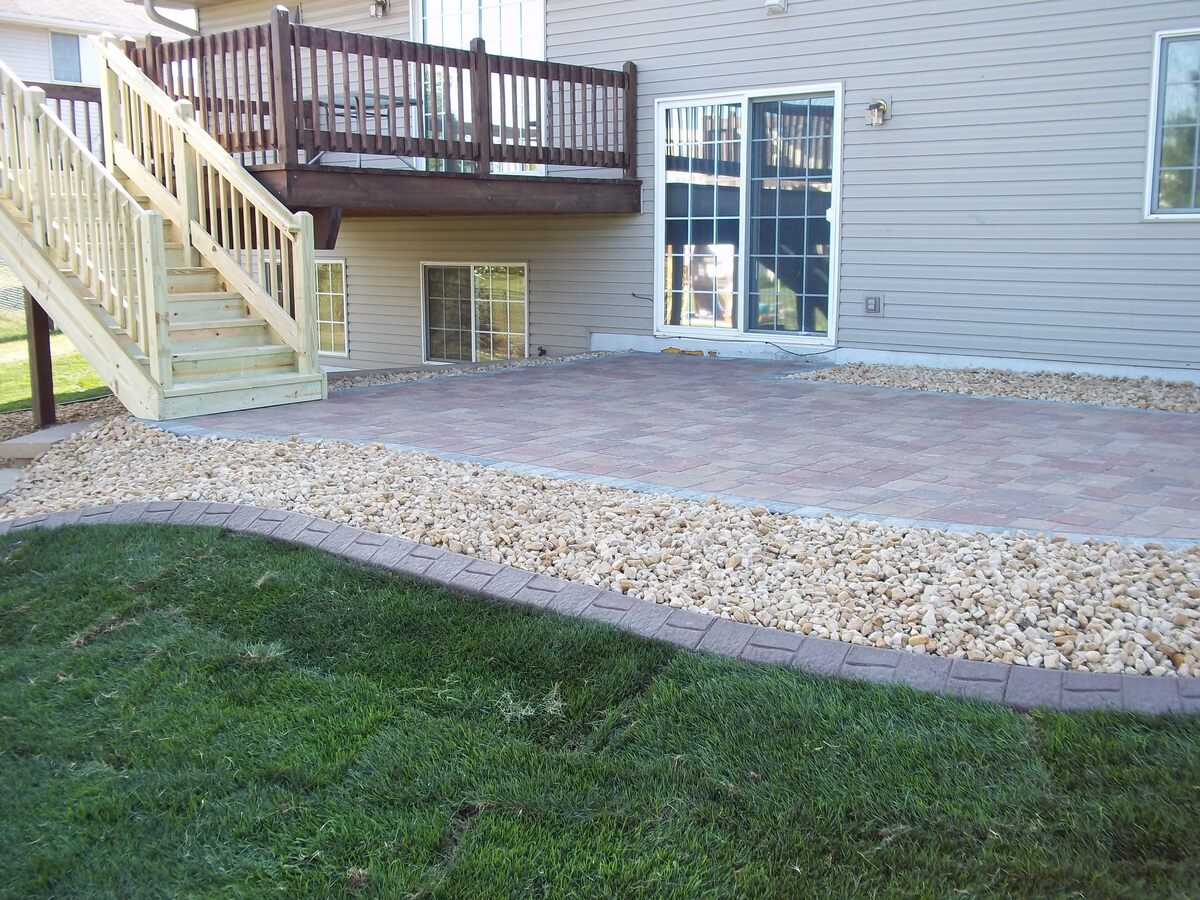

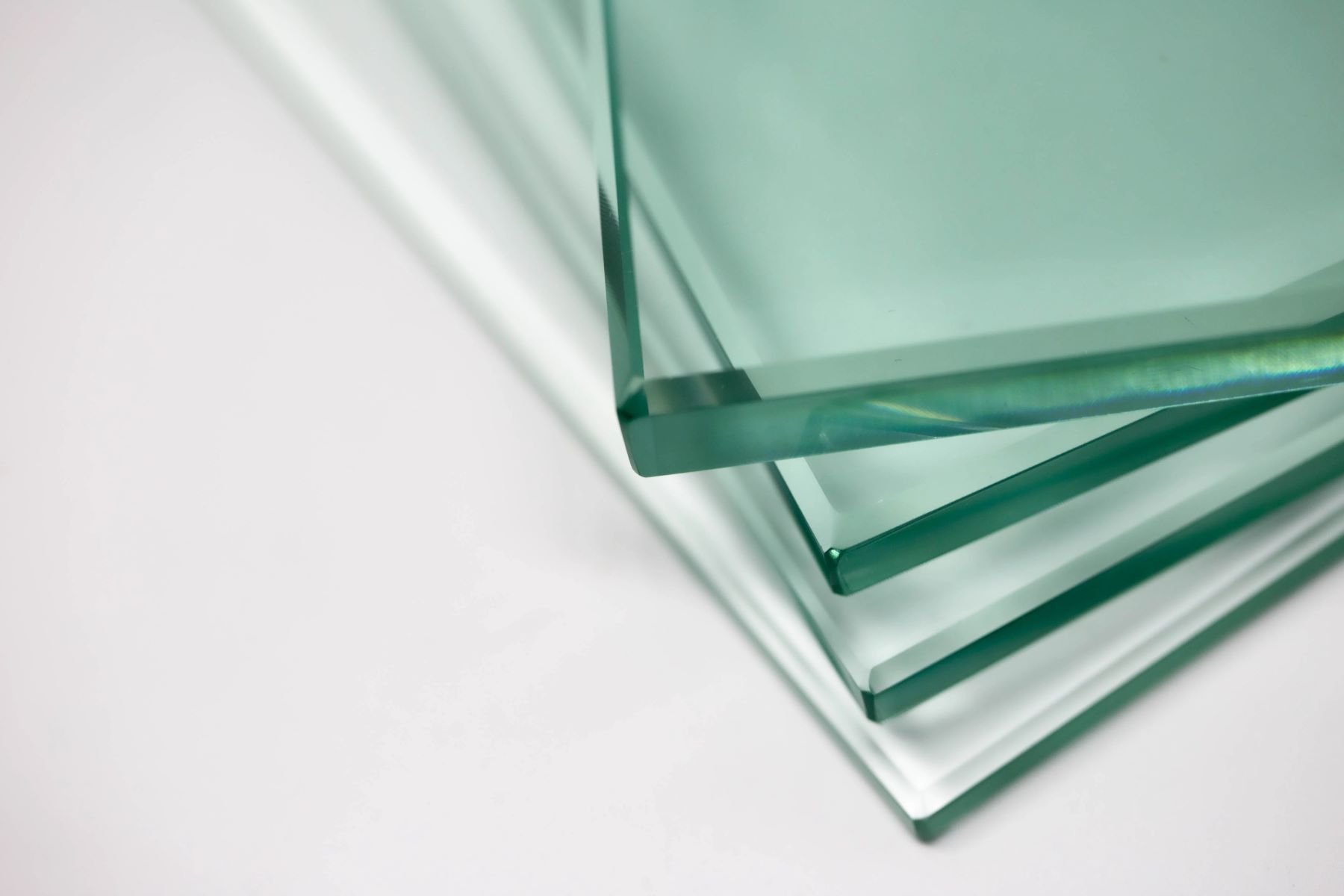
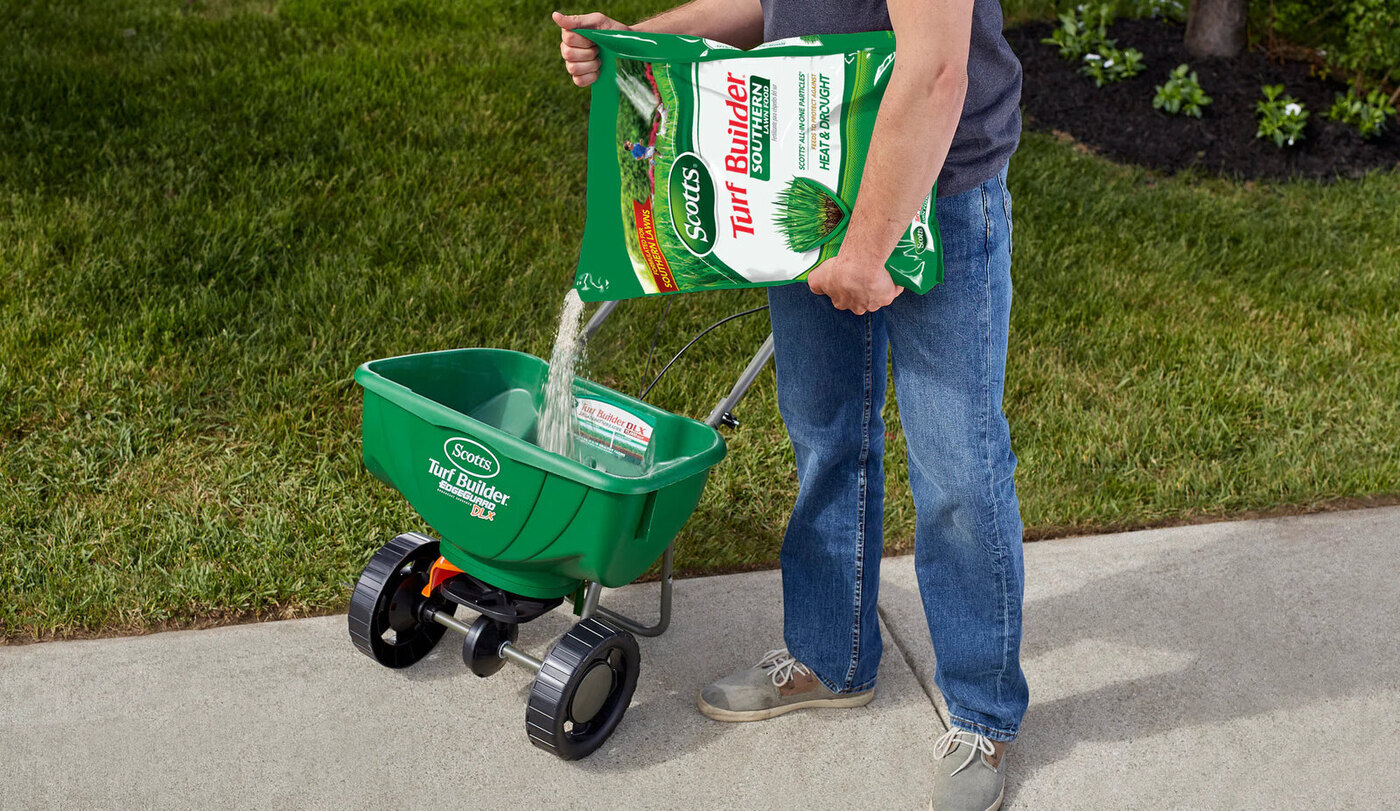
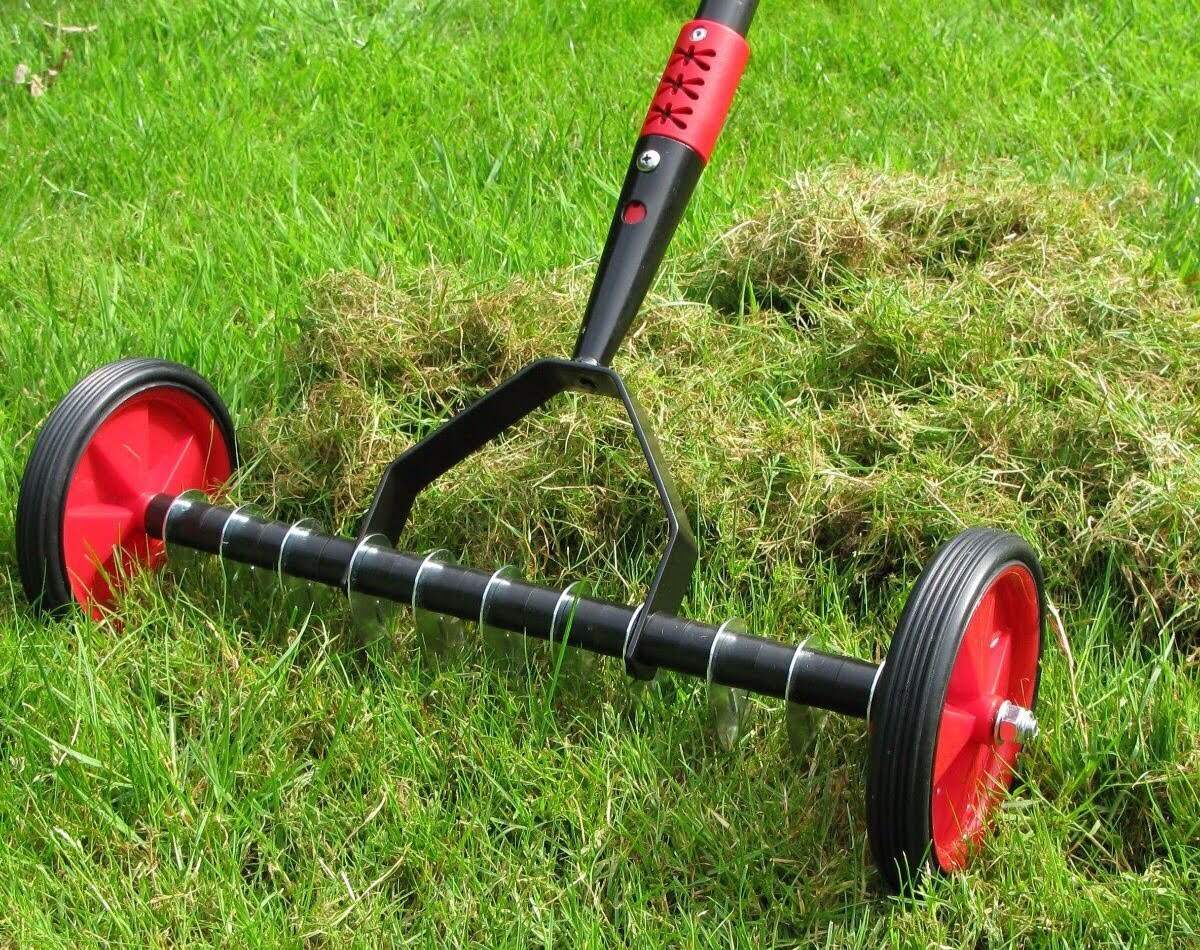
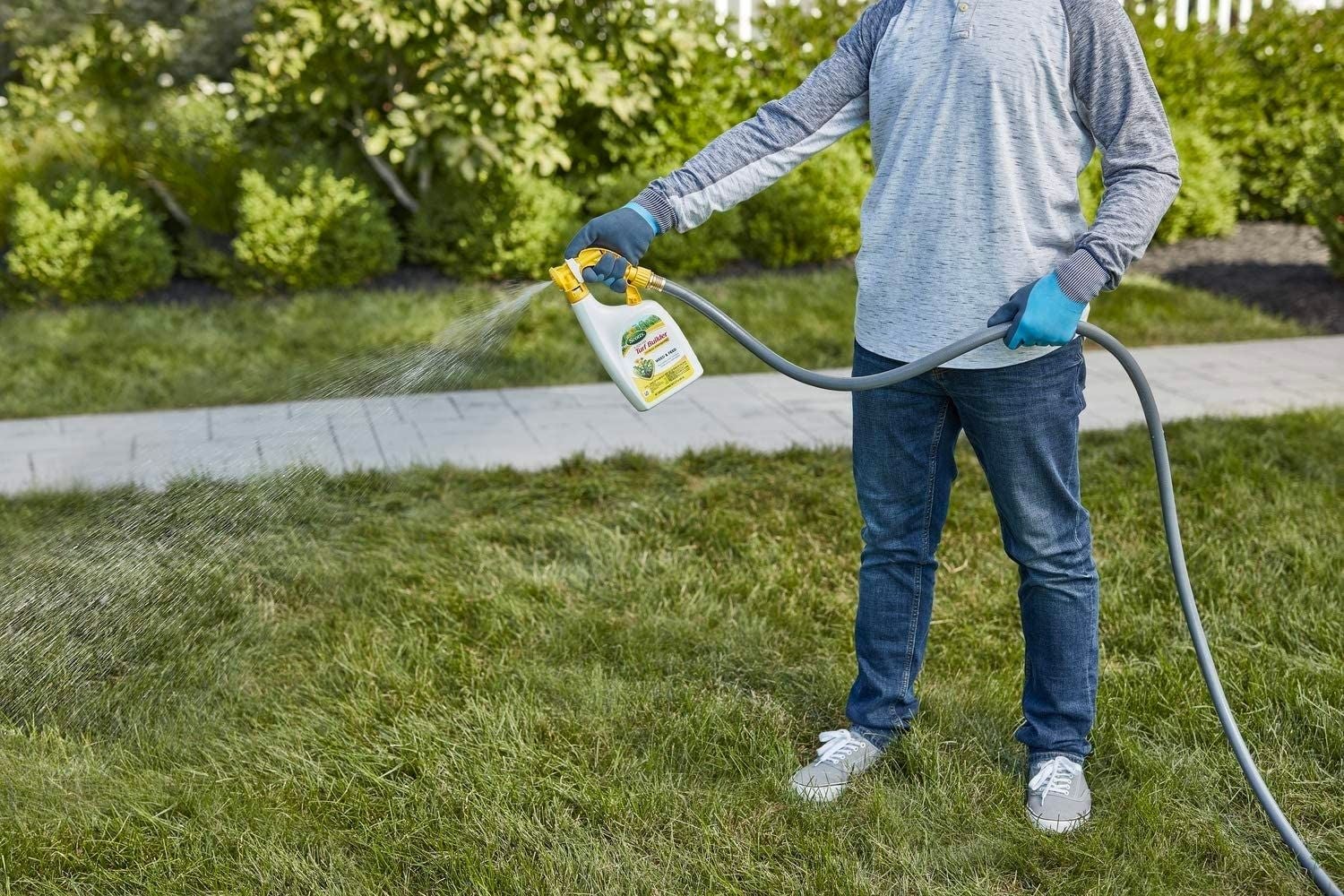
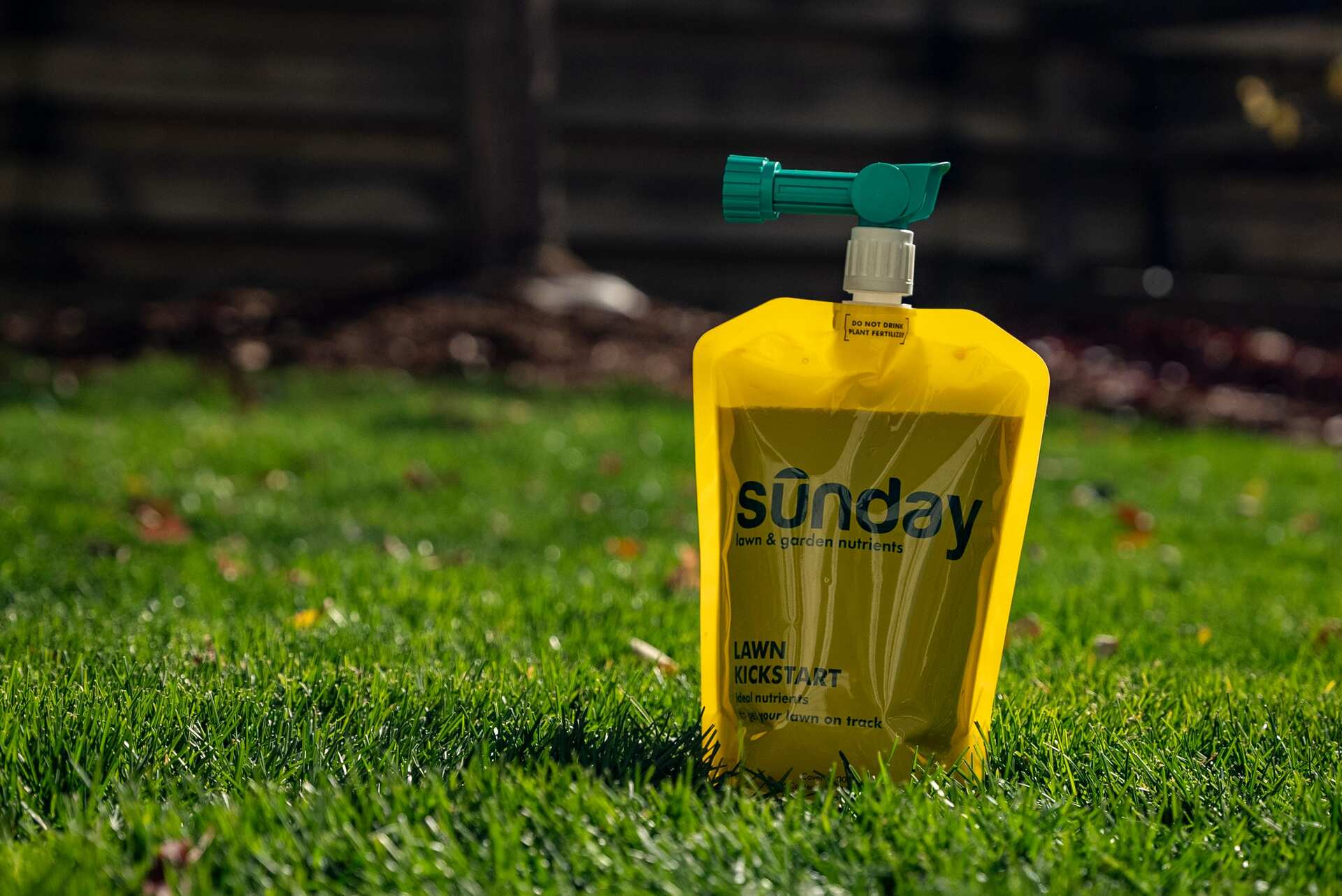
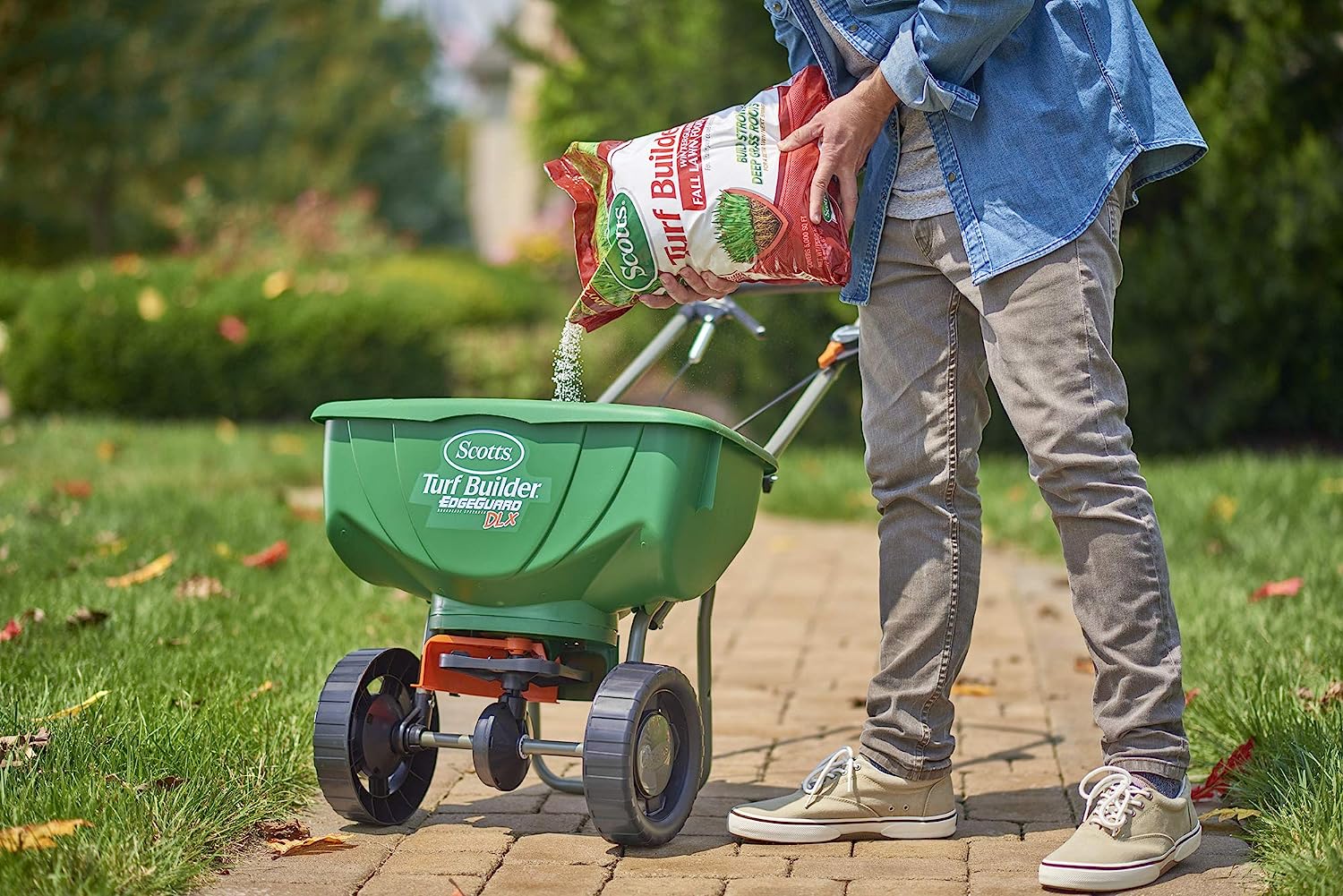
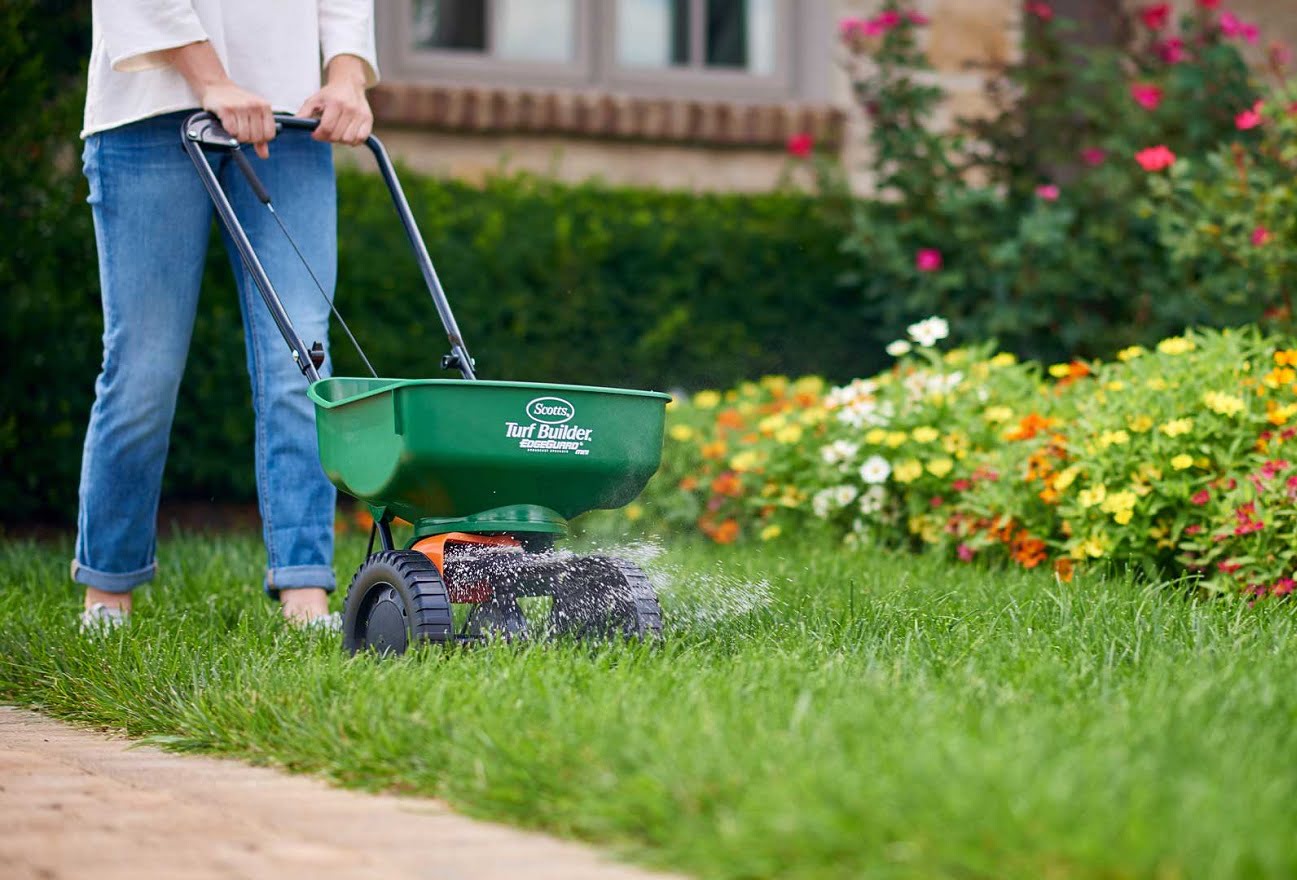
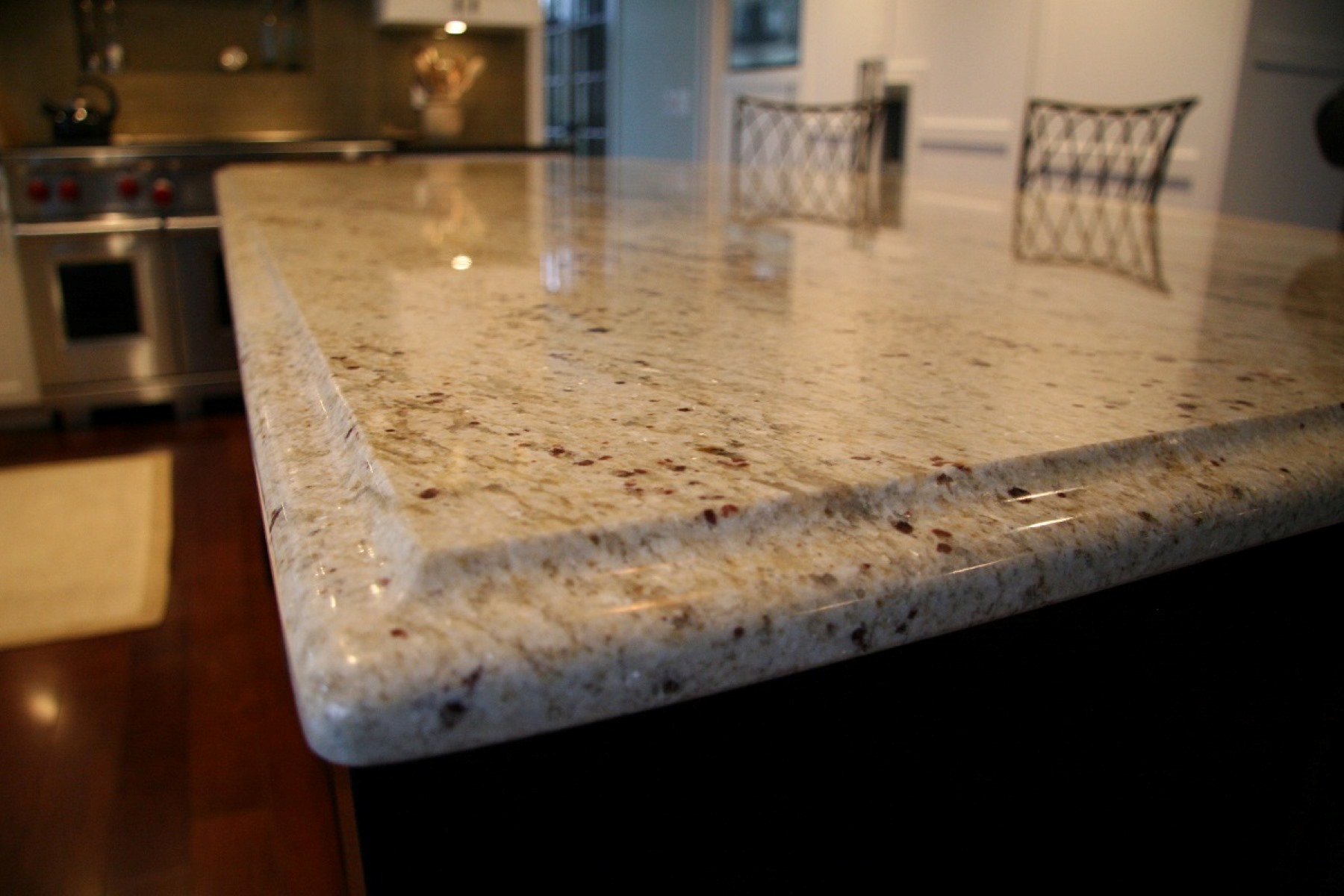
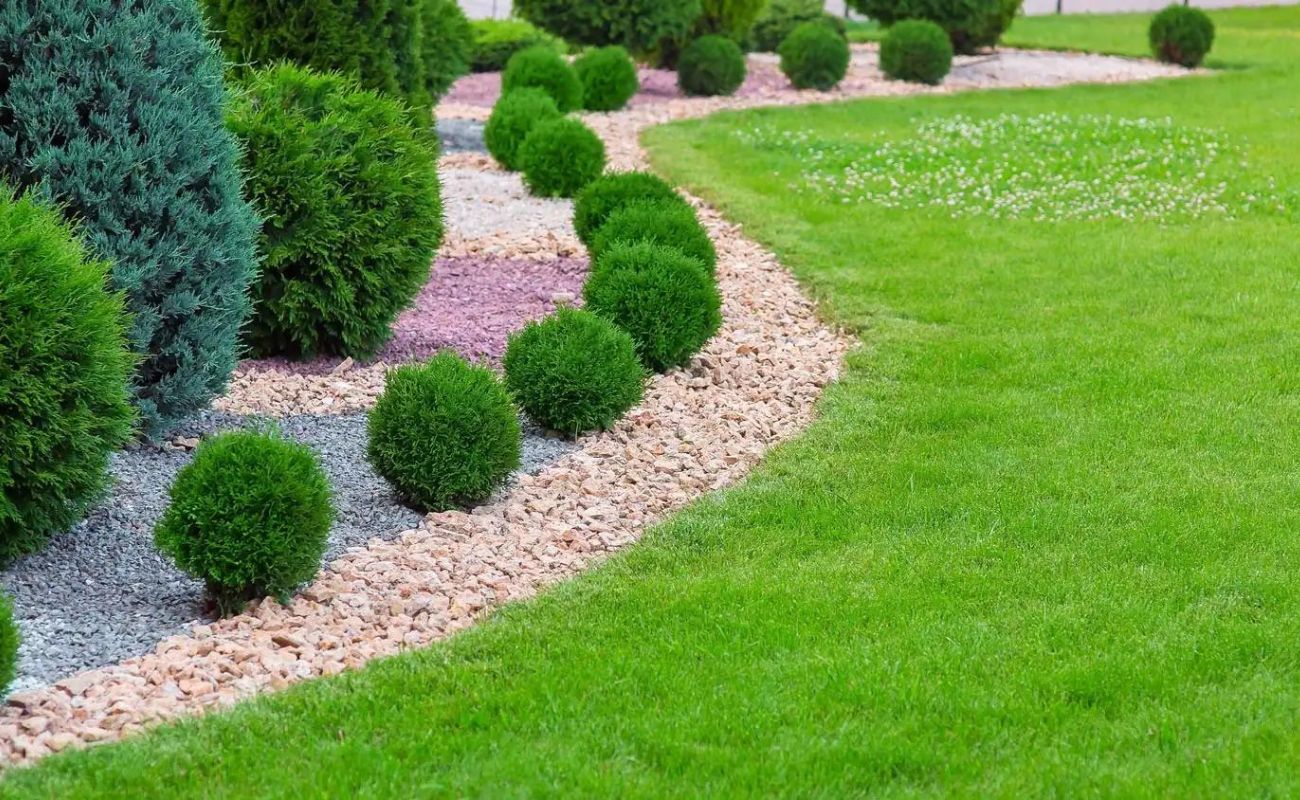
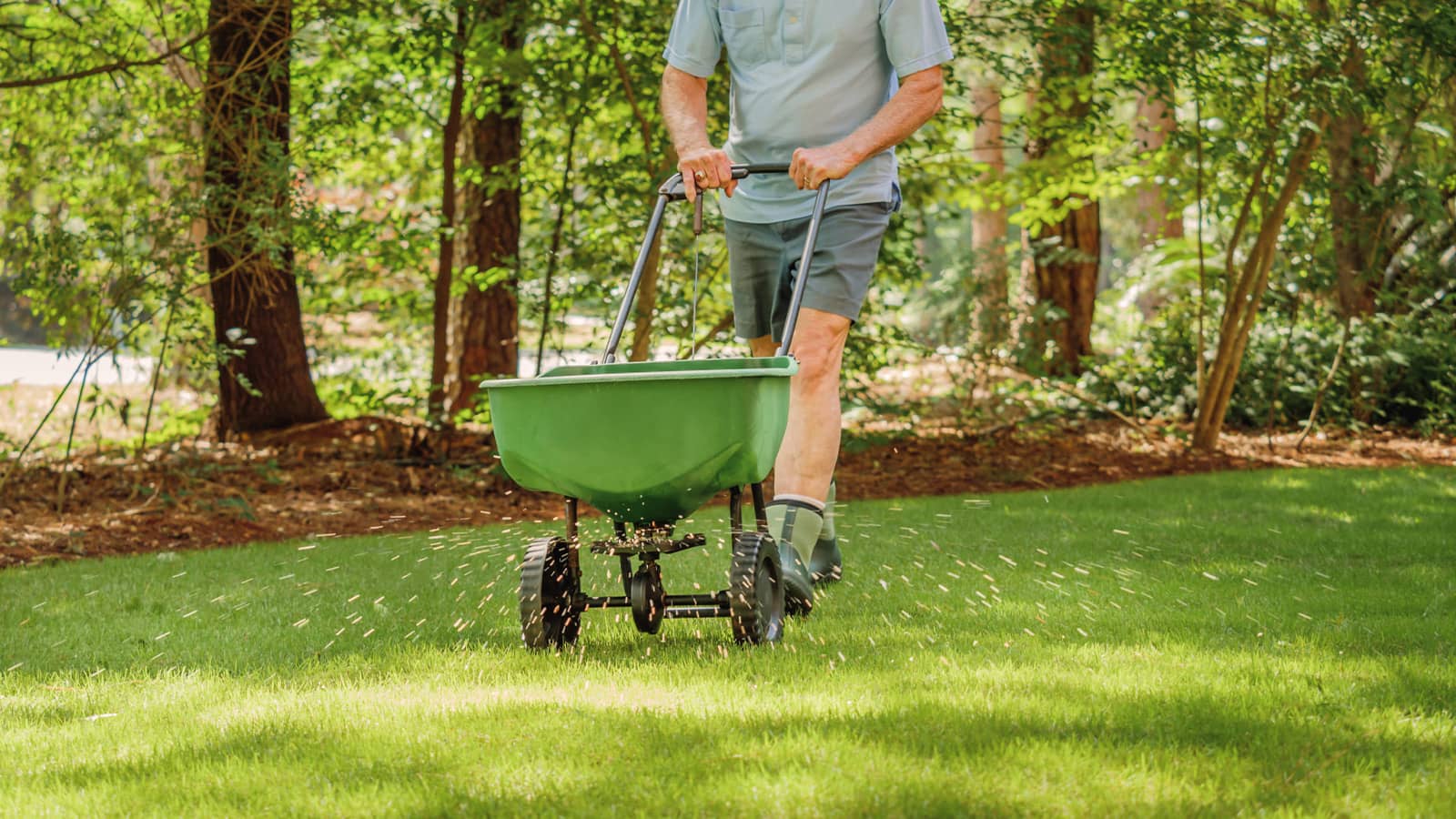
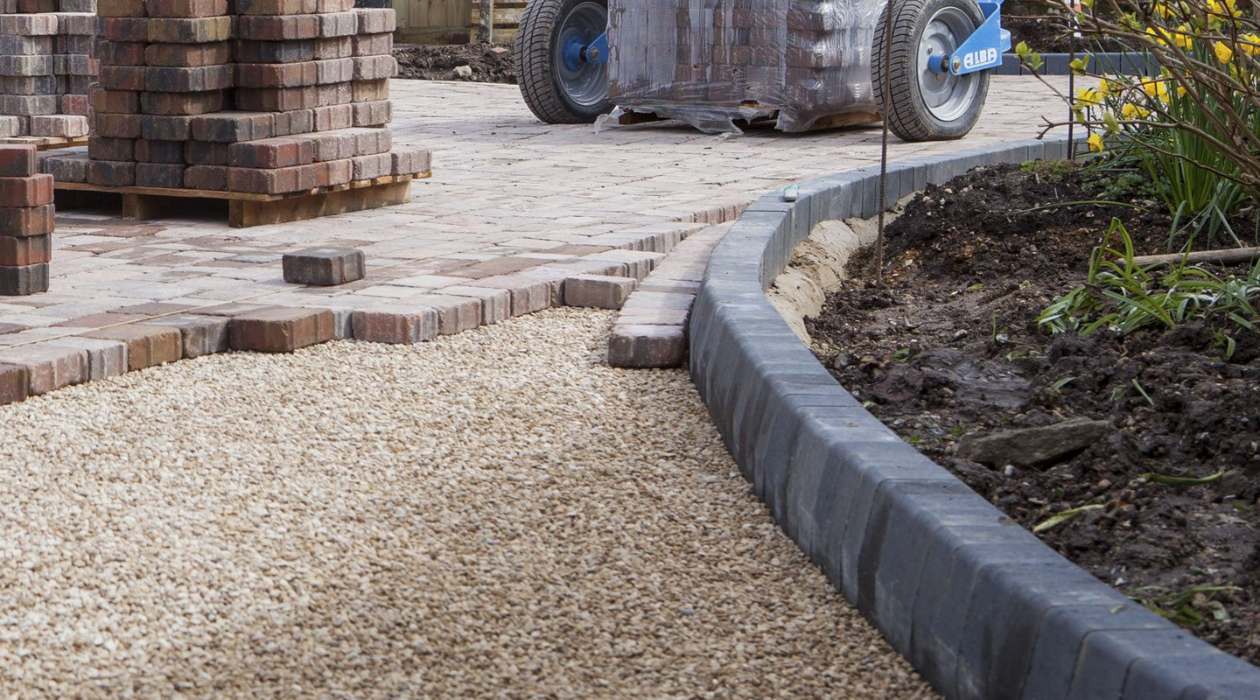

0 thoughts on “What Is Edging In Lawn Care”